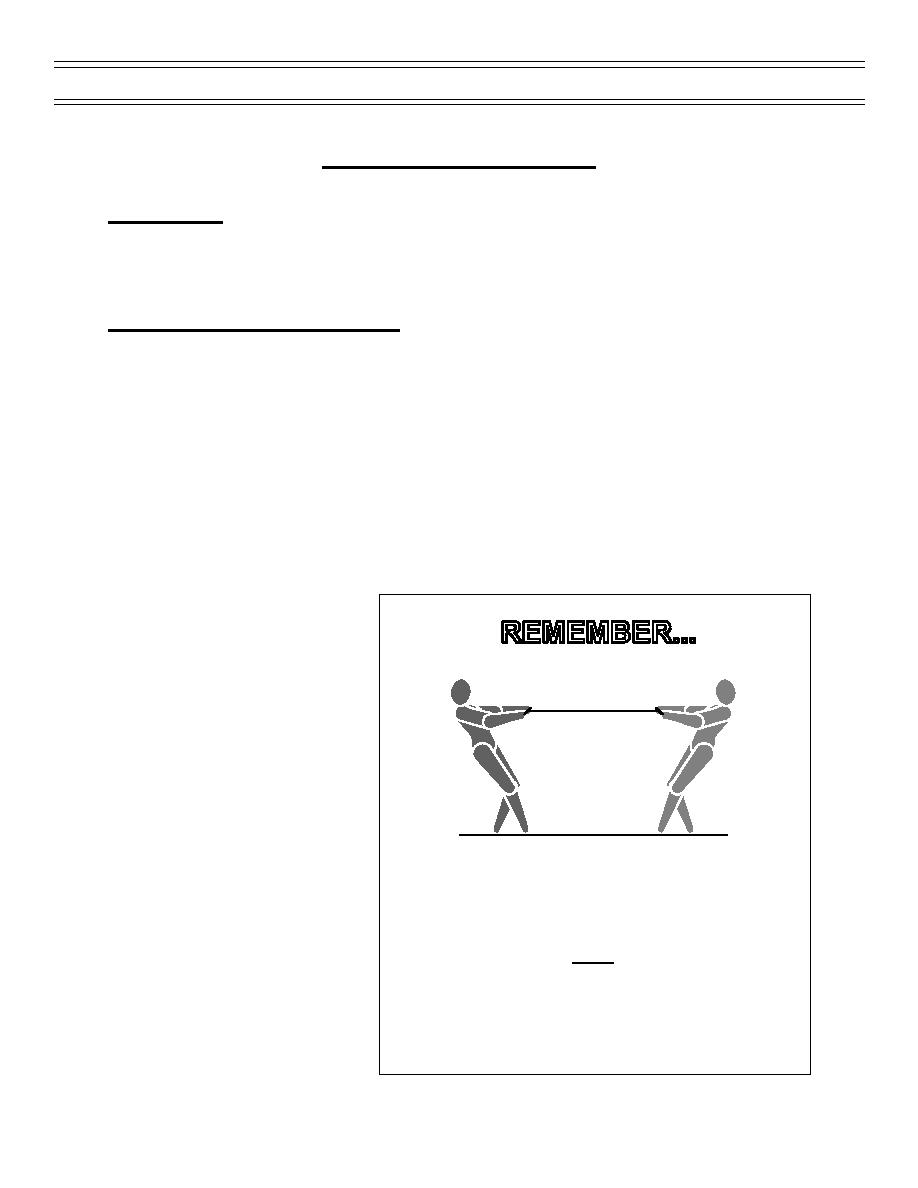
Aero Chapter 04, Stability
T-45 Aerodynamics Student Workbook
AERO CHAPTER 04, STABILITY
INTRODUCTION
The T-45 is a very stable aircraft yet is fully maneuverable. Its flight characteristics vary throughout the
flight envelope. Knowledge of these variables is beneficial to the pilot in anticipating and controlling the
transitions encountered during flight. Experienced pilots use accurate anticipation based on experience
while they fly. The student pilot may also use anticipation following a thorough study of the T-45.
STABILITY VERSUS MANEUVERABILITY
Aircraft design is a trade-off between many variables including stability and maneuverability (Figure 65).
The balance is determined by the aeronautical engineer, based on many factors but primarily by the
mission of the aircraft. Maneuverability implies the pilot’s capability to make the aircraft respond.
Transports are very stable but not as responsive because their mission requires minimal maneuverability.
The fighter mission demands maximum maneuverability, and therefore stability is less important than
maneuverability.
Mission considered, the T-45 is between the fighter and transport extremes. Additionally, student training
dictates a stable platform, but as a preparation for fleet missions, the aircraft must simulate fleet
maneuvers.
In a word, the relationship of longitudinal stability to maneuverability is inverse. As one increases, the
other decreases and vice versa. Primarily the relative location of the CG and AC determine the degree of
longitudinal stability to
maneuverability that exists. Since the
location of both CG and AC can affect
the aircraft’s stability and movement,
CONTROLLABILITY AND STABILITY
the result is truly dynamic.
ARE A TRADEOFF
Displacement of the AC from the CG
creates a moment arm with the CG as
the fulcrum. The longer the moment
arm, assuming the force remains
constant, the more stable and less
maneuverable the aircraft will be. A
shorter moment arm will result in a
more controllable but less stable
aircraft. The moment arm times the
CONTROL
STABILITY
force applied at the end of the
moment arm creates an aerodynamic
pitching moment that produces
AN AIRCRAFT MUST POSSESS ADEQUATE
aircraft movement about the CG.
STABILITY TO MAINTAIN A FLIGHT PATH
Since the pilot cannot know precisely,
AND
nor select directly, the location of
BE MANEUVERABLE ENOUGH TO
either the CG or AC, it suffices that
the pilot anticipate certain changes
ACCOMPLISH ITS MISSION
will increase the moment arm and
others will decrease it (Figure 66). An
Figure 65: STABILITY VS MANEUVERABILITY
active trim button is the best counter
to movements acting about the CG.
(7-99) Original
Page 43



 Previous Page
Previous Page
